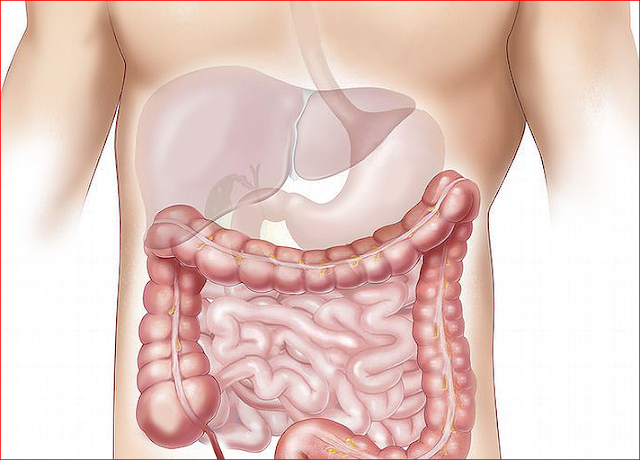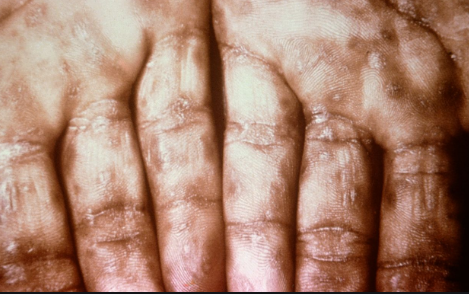Symptoms of Gastro and its adverse effects on the Human body

Symptoms of Gastro and its adverse effects on the Human Body Gastroenteritis, also referred to as the "stomach flu", is a circumstance that leads to irritation and inflammation of the stomach and intestines (the gastrointestinal tract). The signs and syndrome of stomach flu may vary depending upon the cause of resembling Gastro . The primary syndrome of viral gastroenteritis (stomach flu) is Diarrhea (non-bloody). Vomiting, Nausea, and some abdominal cramping may accompany the Diarrhea. Mild fever (about 100 F or 37.77 C), headache, chills, and muscle aches along with feeling tired may occur in some individuals with viral gastroenteritis. Stomach flu and Gastro Vomiting is occasional. The Syndrome usually last about two to five days and then begin to resolve with viral gastroenteritis. Bacterial gastroenteritis (stomach flu) shares many of the syndromes as viral stomach flu, but in some individuals, bacteria may cause bloody diarrhe...







